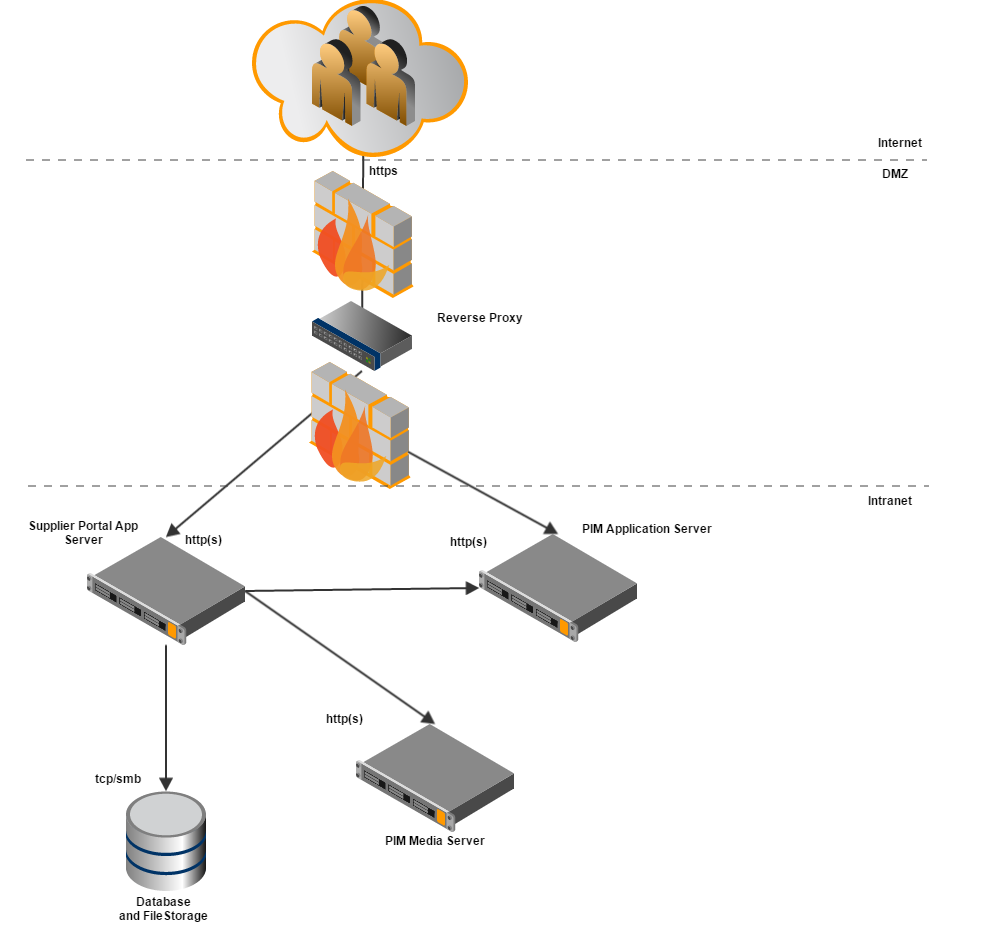Supplier Portal
Overview Customizing
PIM Supplier Portal is a Web Application that can be configured and customized in many different ways. For further information about installation and configuration see the configuration guide.
Many customizations can be done without writing code with the help of JSON configuration files. There's also a Remote API for integration with other systems.
Please follow the links in the table to jump to a specific customization option.
|
Customization Option |
Description |
|
Change the e-mails that are send by the portal to suppliers and portal users. |
|
|
Change the design e.g. fonts, colors and images. Also includes customization of the application logo. |
|
|
Change static pages like login, registration, imprint, terms and conditions and others. Also includes the application page title and favicon displayed in the browser bar. |
|
|
Extend the application navigation menu for suppliers and/or portal user, e.g. to integrate external content. |
|
|
Extend or modify the system behavior for registration, invitation and data upload workflows. |
|
|
Integrate PIM Supplier Portal into other applications. Can be used for supplier data batch upload during system setup. |
|
|
Interact with dedicated Supplier Portal resources by using a REST API. This includes posting messages to the supplier's timeline, for instance. |
|
|
Store additional data for suppliers and allow them to maintain them as self-service. |
Subpages
High Level Architecture
PIM Supplier Portal is a Web Application that is deployed in a JEE web container (Apache Tomcat). The communicates via http with both the PIM Application Server and PIM Media Manager following REST principles. It also comes with a persistence layer that holds supplier user specific data, e.g. the timeline communication feeds.
The application scales horizontally by setting up a Web Loadbalancer, e.g. Apache Webserver.
The application is build on top of these frameworks:
JPA2 (Hibernate)
Spring (Dependency Injection)
Spring Security (Authentication, Authorization)
Jersey (REST)
GWT (UI Toolkit)
Activiti (Workflow Engine)
